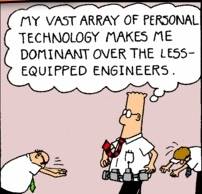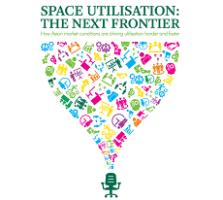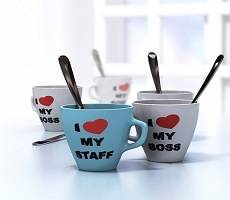January 16, 2016
Prying employers + Workplace terminology + Smart workplaces 0
 In this week’s Insight newsletter; Simon Heath updates his continually expanding lexicon of regrettable workplace terminology; Mark Eltringham argues the facts on employee monitoring are somewhat different to the headlines; and Kati Barklund explains why the workplace should be used as a strategic tool to support work and cooperation. A significant minority of managers are impeding gender equality; more evidence on the role of workplace design in engagement; and warnings that senior staff are being pushed out of the workforce. European office take-up will rise by 10 percent in 2016; there’s been a fall in PC shipments and nearly one in four US worker freelances in some capacity. Download the latest issue of Work&Place and access an Insight Briefing produced in partnership with Connection, which looks at agile working in the public sector. Visit our new events page, follow us on Twitter and join our LinkedIn Group to discuss these and other stories.
In this week’s Insight newsletter; Simon Heath updates his continually expanding lexicon of regrettable workplace terminology; Mark Eltringham argues the facts on employee monitoring are somewhat different to the headlines; and Kati Barklund explains why the workplace should be used as a strategic tool to support work and cooperation. A significant minority of managers are impeding gender equality; more evidence on the role of workplace design in engagement; and warnings that senior staff are being pushed out of the workforce. European office take-up will rise by 10 percent in 2016; there’s been a fall in PC shipments and nearly one in four US worker freelances in some capacity. Download the latest issue of Work&Place and access an Insight Briefing produced in partnership with Connection, which looks at agile working in the public sector. Visit our new events page, follow us on Twitter and join our LinkedIn Group to discuss these and other stories.



































January 8, 2016
The six things all people need from their workplace 0
by Jane Kendall-Bush • Comment, Facilities management, Knowledge, Workplace design
More →